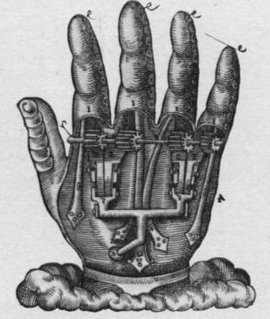Second Life

In our postmodern, posthuman environment - the breaking up, fracturing, and decentralizing of the self - we often blurr the line between what is human and nonhuman. This intentional blurring is a ruse to help mitigate our failures as humanistic human beings. By failures I'm thinking of a world that promotes and privilages violence, insensitivity to others and indifference to life itself. Mark Taylor in "The disappearance of the Self" claims that the "identity of the self is synthetic rather than simple". Among the myriad synthesized components of the self are the self-conscious acts of remembering and the internalized/externalized forces of time and space. Importantly, time is but one time - the present. The present is comprised of past-present (memory), present-present(sight), and future-present(expectation). He follows that if the self is made up of time and time is but a 'trace', then in a posthumanist turn the self is erased and the search for ourselves is our inevitable individual journeys to our deaths. Whereas Taylor writes about the entanglement of the self with time, space, and God, Hayles in "My Mother was a Computer" writes about the entanglement of the human and the non-human, specifically "human bodies, cultures, and artifacts entwined with intelligent machines". Hayles attempts to resist the sci-fi writer's vision of a postbiological world where the human mind and the self have the exponentially expanded powers necessary to create a "participatory universe", although she does acknowledge that in the near future we will see significant convergences between humans and intelligent machines even while we exist "both in the world and of it".
When we look at posthumanist attempts at entwining humans with machines, I'm always amused. We have cars, appliances and entertainment toys that talk to us in very unhuman, monosylabic tones. We have robots that look and move like humans rife with arthritis. That's not to say that eventually through biotech and computation we will not create 'humachines', cyborgs and clones, but at this moment our attempts, in my view, look and sound pretty pathetic. And when you look at computer web sites, like "Second Life", where you can create and participate in a virtual reality world it certainly makes me think that even though we attempt to marry machines and the human it is an essence of humaness in these technological assemblies that is the most crucial component. Maybe Posthumanism asks not"Who is a person? (more a psychological investigation that enbodies our humaness)" but "What and How is a person? (more a phyisiological, biological, technological investigation)", in an attempt to conjoin the human selves with the non-human, creating a destabalizing effect, unavoidably highlighting the differences and simultaneously searching for the similarities.
I guess the mechanical hand at the top of this post serves to not only show an early, rather humourous, limited view of the melding of human and machine, but also to give one a sense of pause. The hand with the palm facing up is a signal to stop. Lets stop and reflect on our apparent willingness to become our machines, giving up in the process our unique, ambiguous, fragile natures indelibly embedded in our differences of identities as human beings.
Michael

0 Comments:
Post a Comment
<< Home